11 secret ingredients to transform home-cooked dishes
Next-level cooking
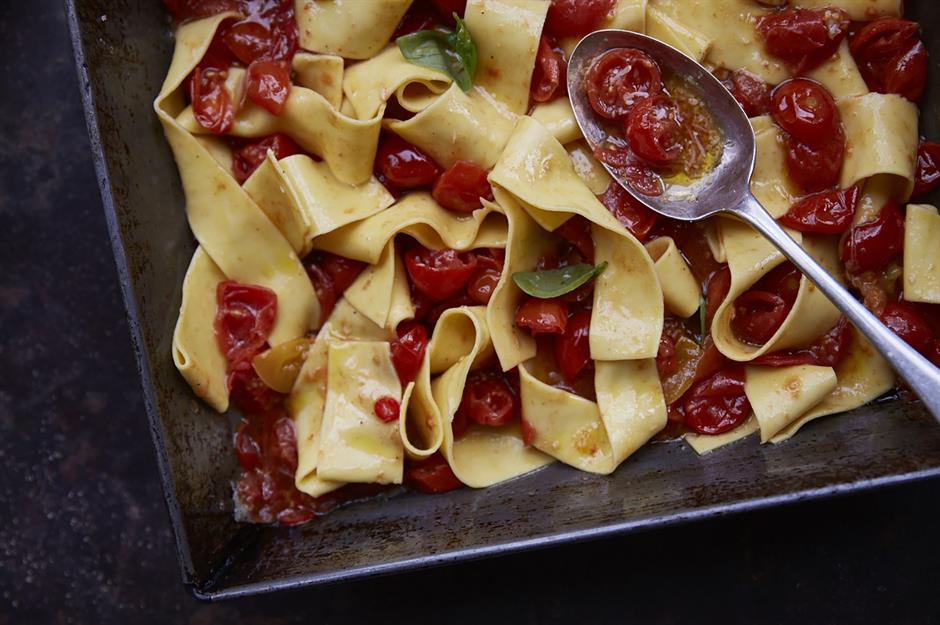
Hero ingredient: balsamic vinegar
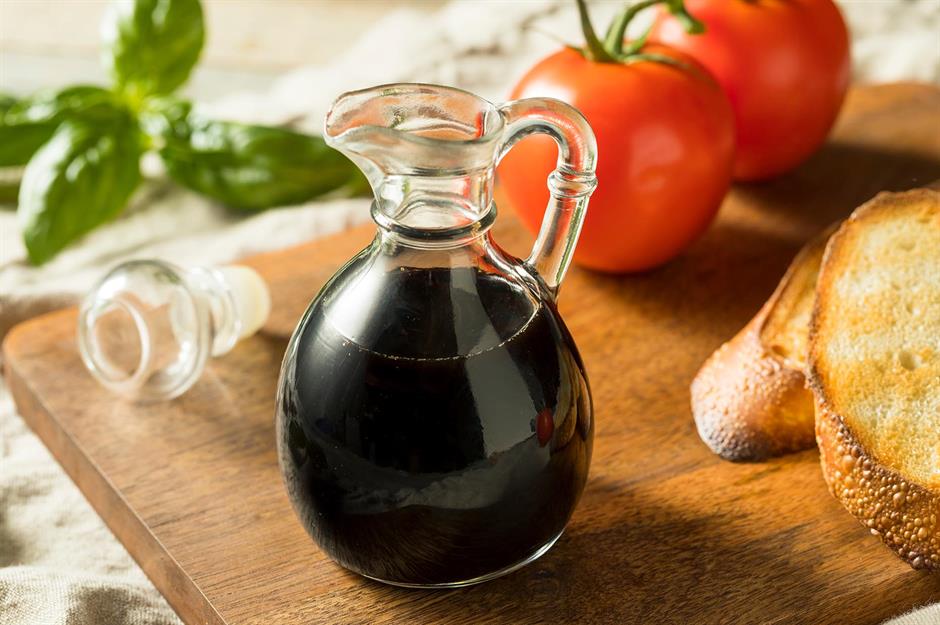
Balsamic vinegar: why it’s great
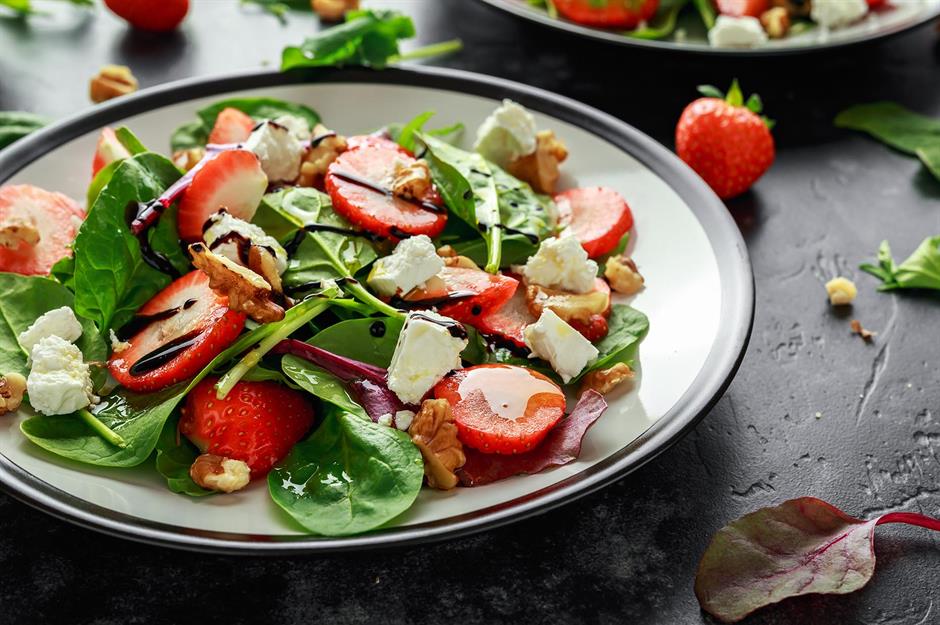
Balsamic vinegar: try this recipe
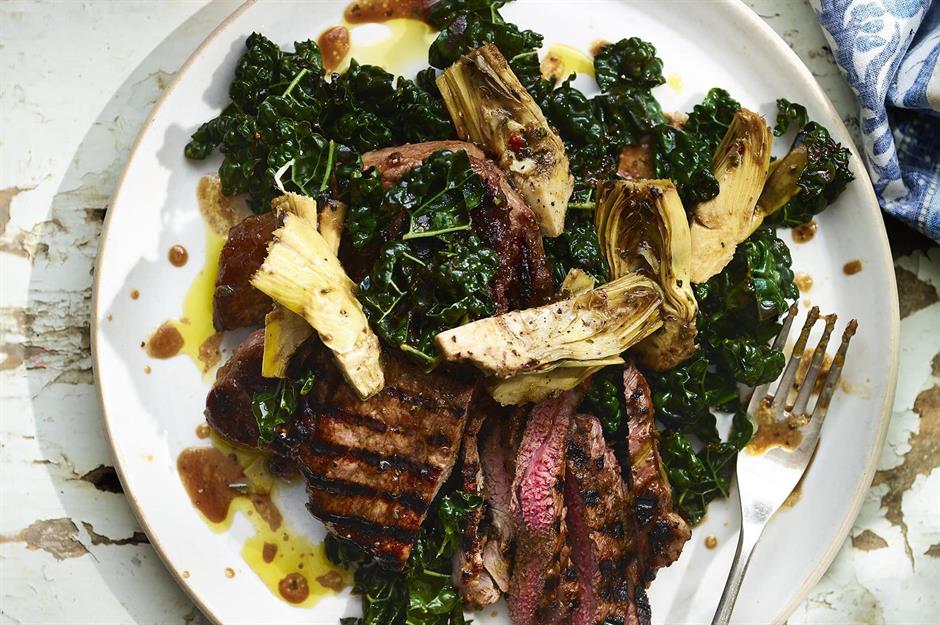
Balsamic vinegar can work miracles on meat, especially when paired with a few other ingredients that help tenderise it while it's marinating. In this recipe, balsamic vinegar is mixed with lemon juice, olive oil, garlic and rosemary to flavour the lamb steaks that are then served with artichokes and cabbage.
Get the recipe for lamb steaks with artichokes and cabbage here
Hero ingredient: capers
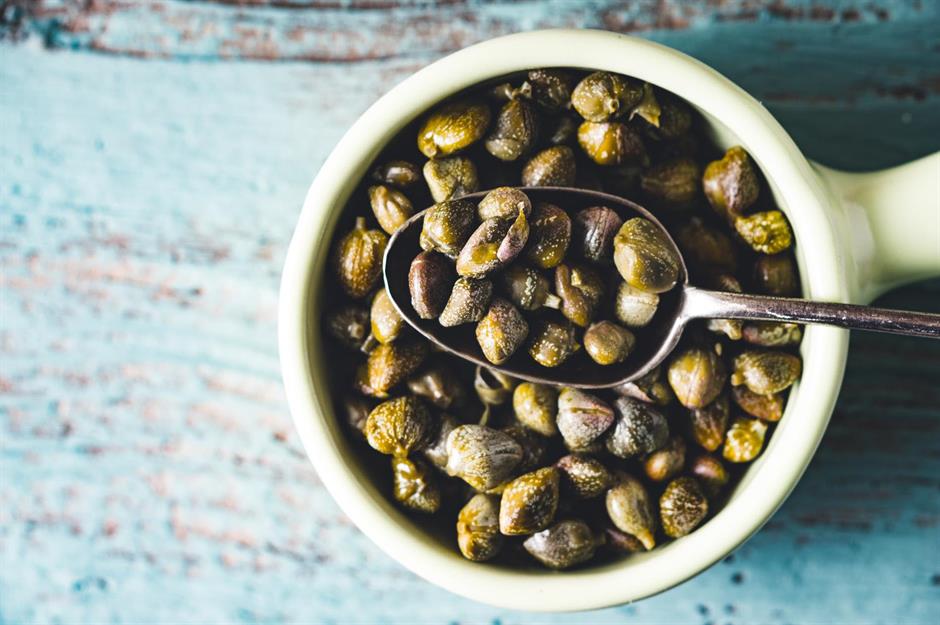
Little in size but big on flavour, capers are salted, pickled flower buds commonly found in Mediterranean, Middle Eastern and North African cooking. They bring an aromatic and salty flavour, working particularly well when added to light chicken or fish dishes. They're also great in salad dressings that need to be punchy but not fiery.
Capers: why they’re great
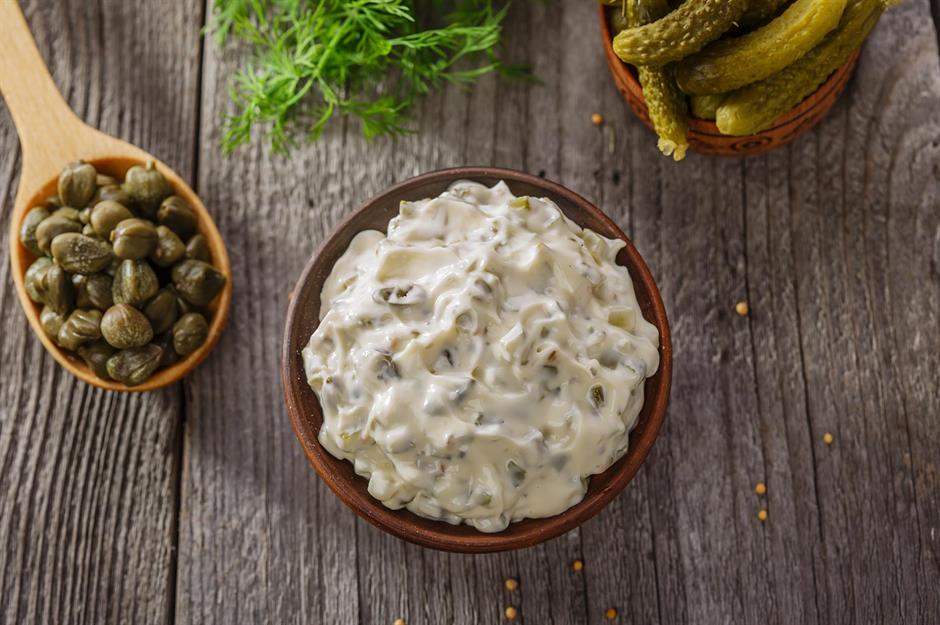
Capers: try this recipe
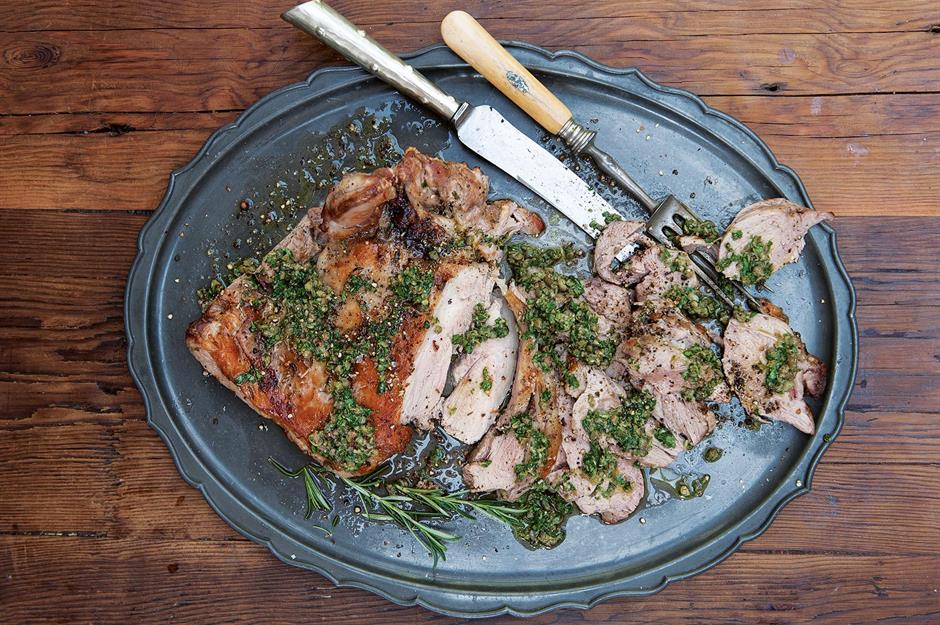
Both white fish like lemon sole and meaty fish like monkfish benefit from the tangy saltiness of capers, but added to slightly fatty meat, they work miracles. In this recipe, capers are part of a salsa verde, that's generously drizzled over roast leg of lamb. The sharp, salty and savoury flavours of the salsa verde are perfect to cut through the meat.
Hero ingredient: chilli flakes
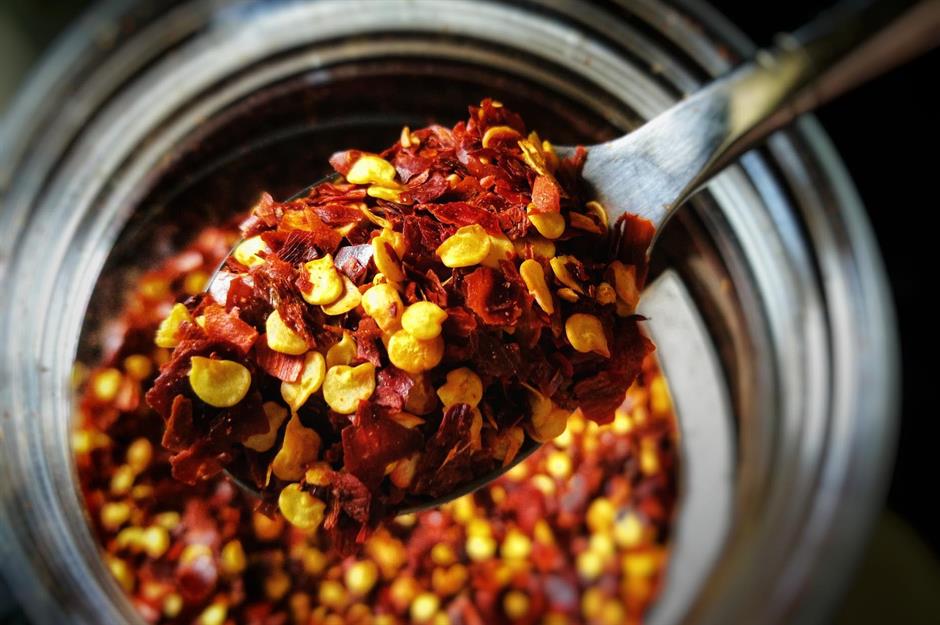
Chilli flakes: why they’re great
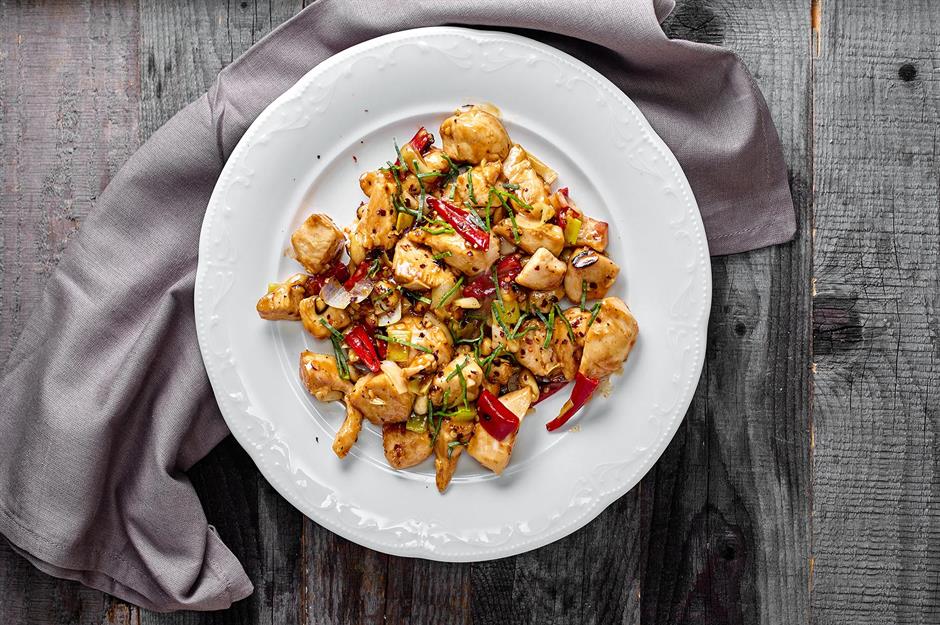
Chilli flakes: try this recipe
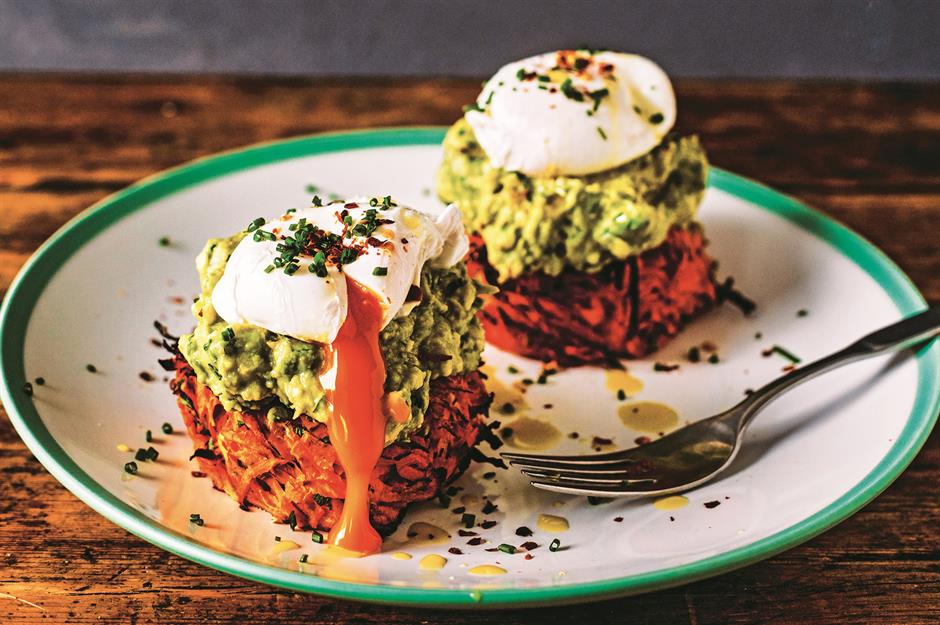
Chilli flakes make a perfect partner for eggs, which have a mild flavour and are often in need of an extra kick. They work extremely well with the mild, creamy flavour of avocado, taking this dish to a new level and perking it up with a dash of heat.
Get the recipe for sweet potato rösti with poached eggs here
Hero ingredient: fresh herbs
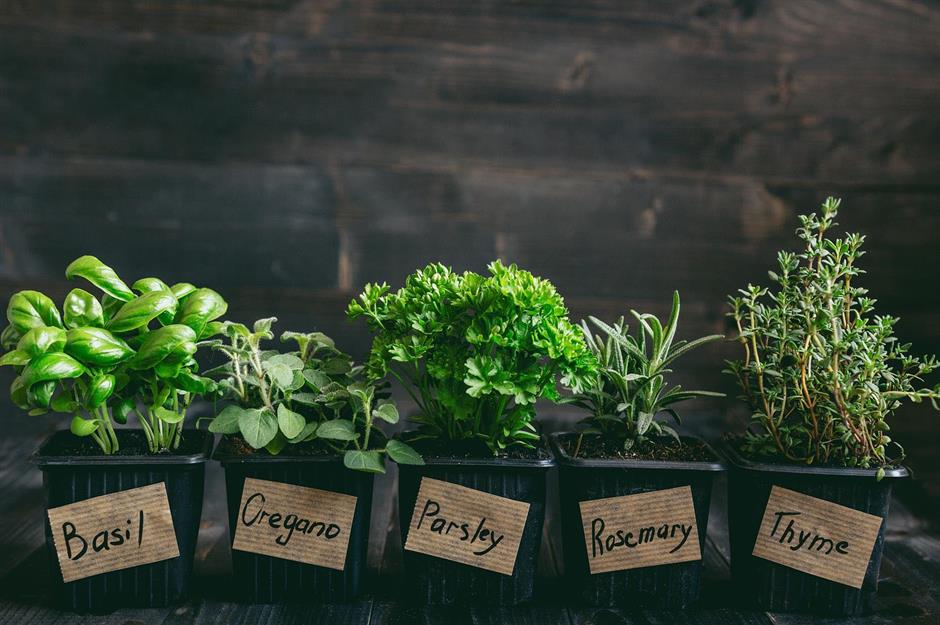
Fresh herbs: why they’re great

Fresh herbs: try this recipe
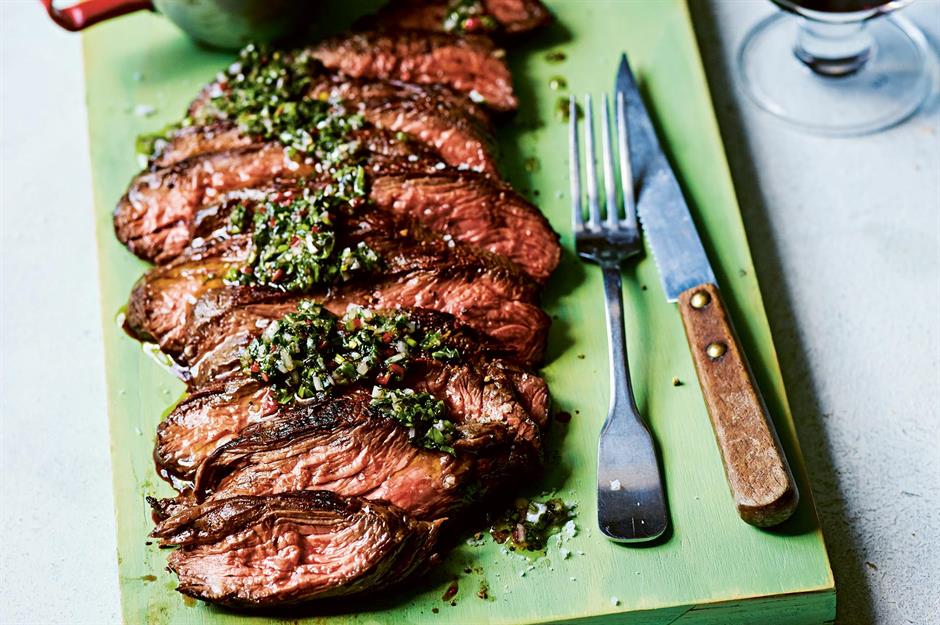
There are many recipes and ingredients that benefit from fresh herbs and this grilled skirt steak is no exception. Served with an Argentinian sauce chimichurri, the herby dressing combines fresh mint, parsley, coriander and dill with a touch of garlic, lemon, vinegar and oil. Drizzled over the steak, it's simply stunning.
Hero ingredient: honey
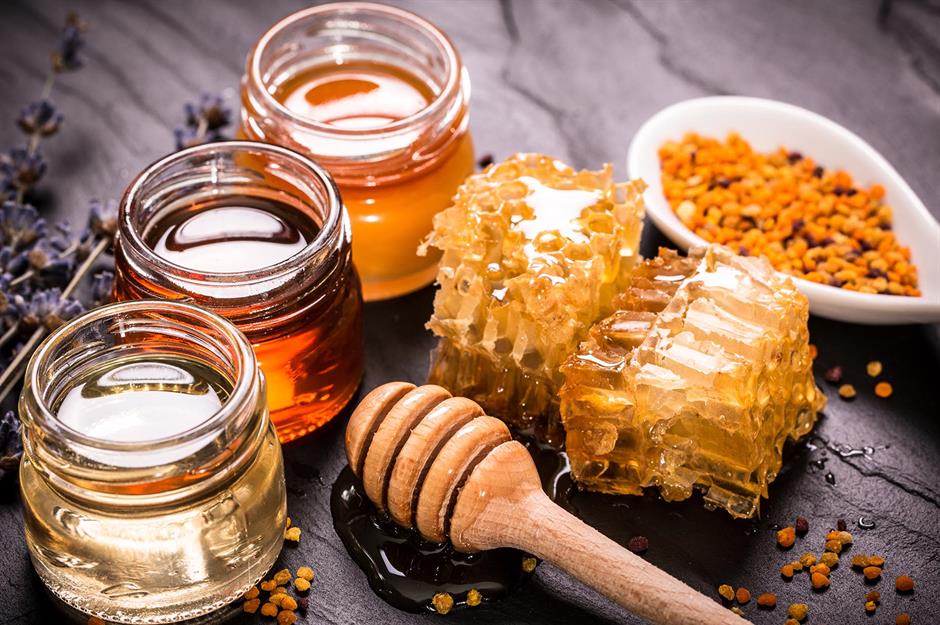
Honey: why it’s great
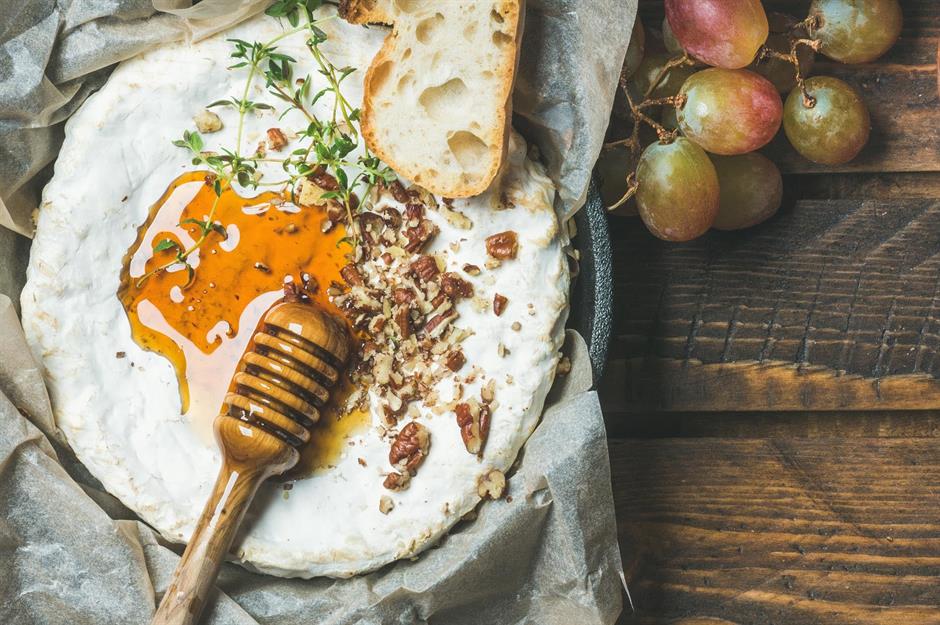
Honey: try this recipe
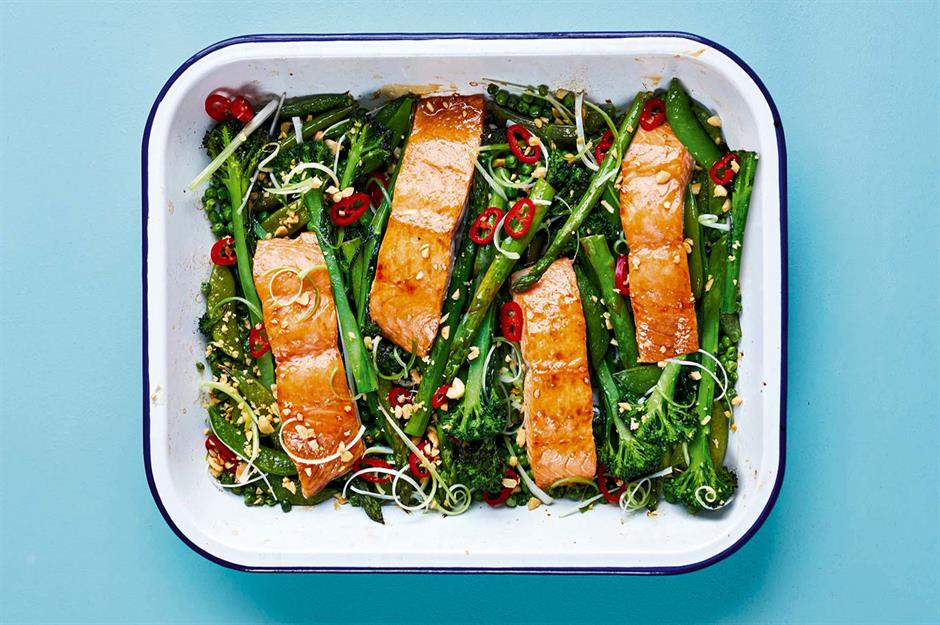
This easy, colourful dish is the perfect example of what combining sweet honey with salty soy sauce does to the overall flavours of a dish. The sugar in the honey also creates a sticky coating over the salmon that also helps mellow the fiery, zesty and spicy flavours of the dressing.
Get the recipe for sticky soy and honey roasted salmon with greens here
Hero ingredient: hot sauce

Hot sauce: why it’s great
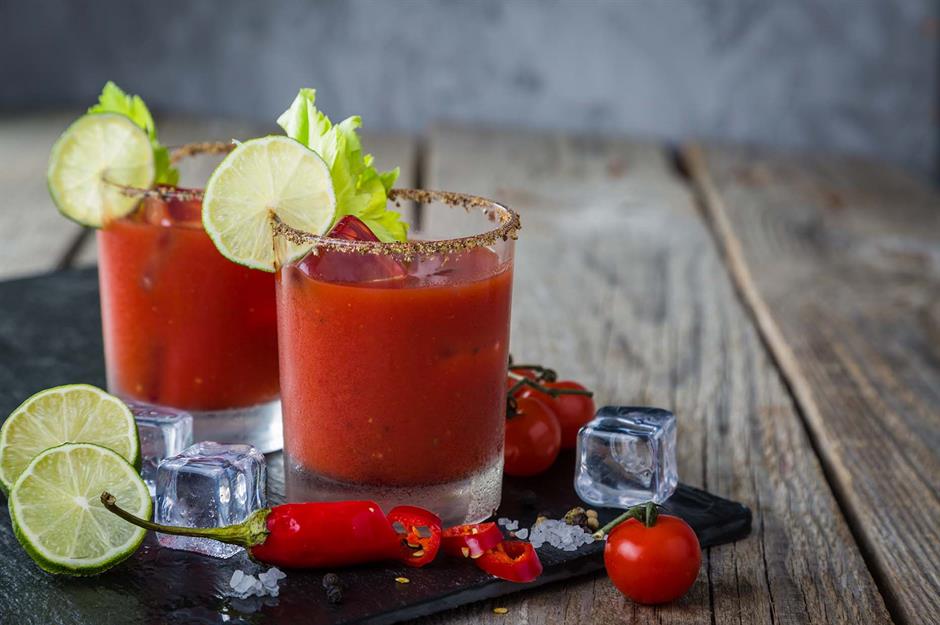
Hot sauce: try this recipe
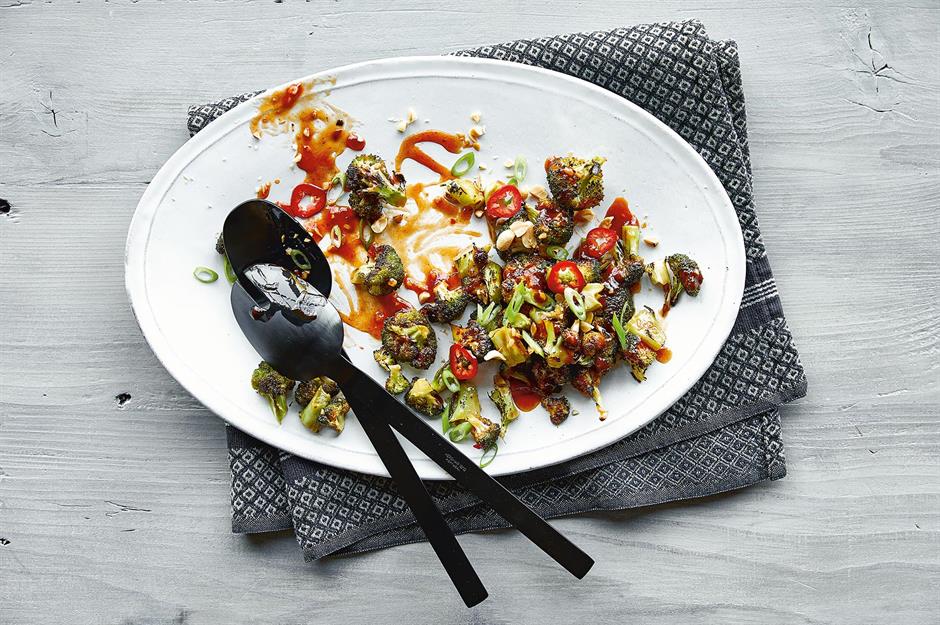
It's easy to assume that broccoli is a boring, tasteless vegetable, but this recipe shows it's about how and what you cook with it. The broccoli florets are roasted until the tops are almost crispy and then tossed in a spicy, sweet, umami-laden sauce that includes both Thai sweet chilli sauce and sriracha. The finished dish is then served with salted roasted peanuts, spring onion and jalapeños for even more flavour.
Hero ingredient: lemon
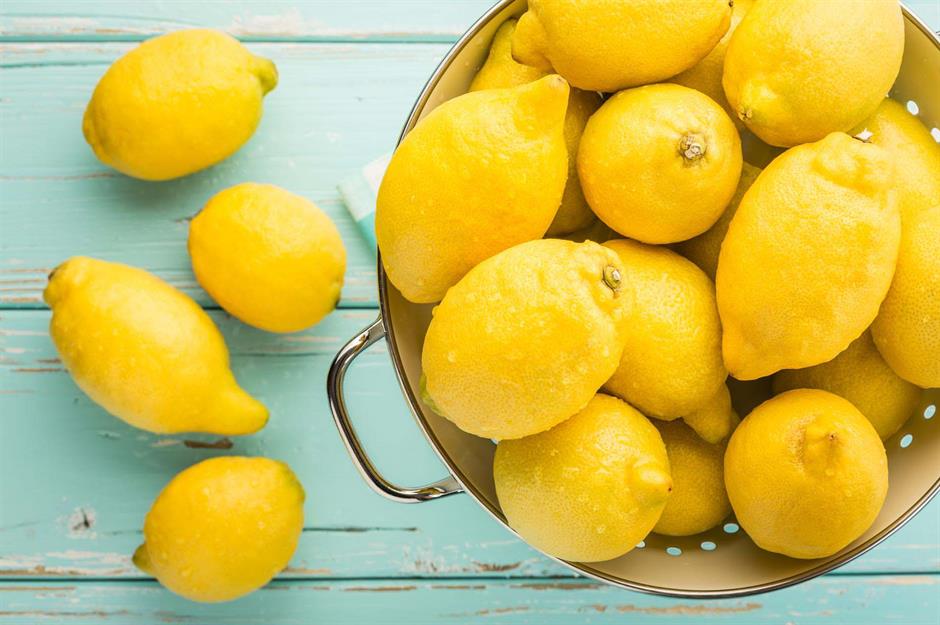
Lemon is an essential ingredient among chefs and home cooks in the know. The citrus fruit lifts and brightens dishes with zingy acidity and is crucial to cut through rich or fatty foods. It also helps to bring out other flavours so it's rare that a dish wouldn't benefit from a quick squeeze of a lemon.
Lemon: why it’s great
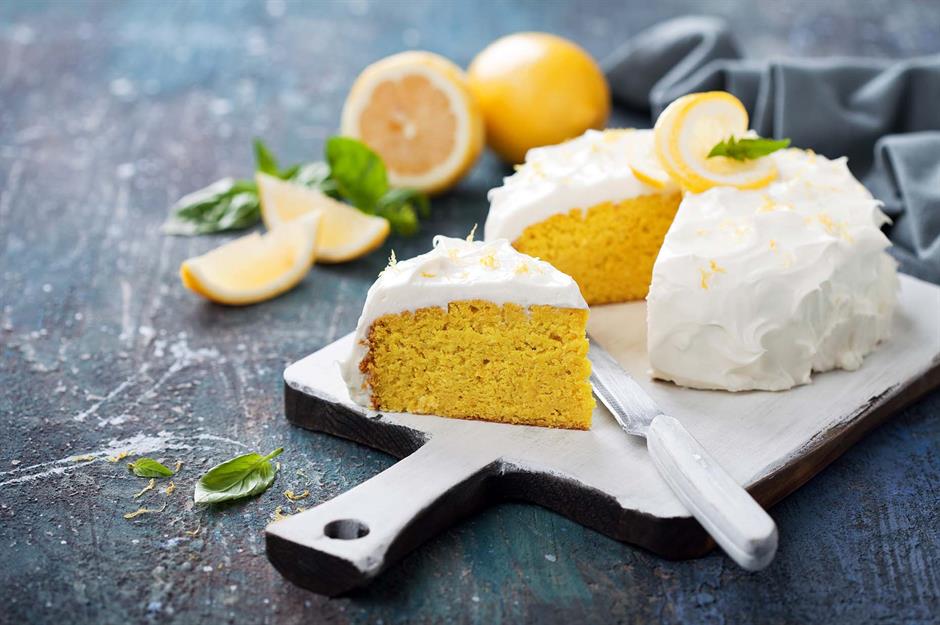
Lemon: try this recipe
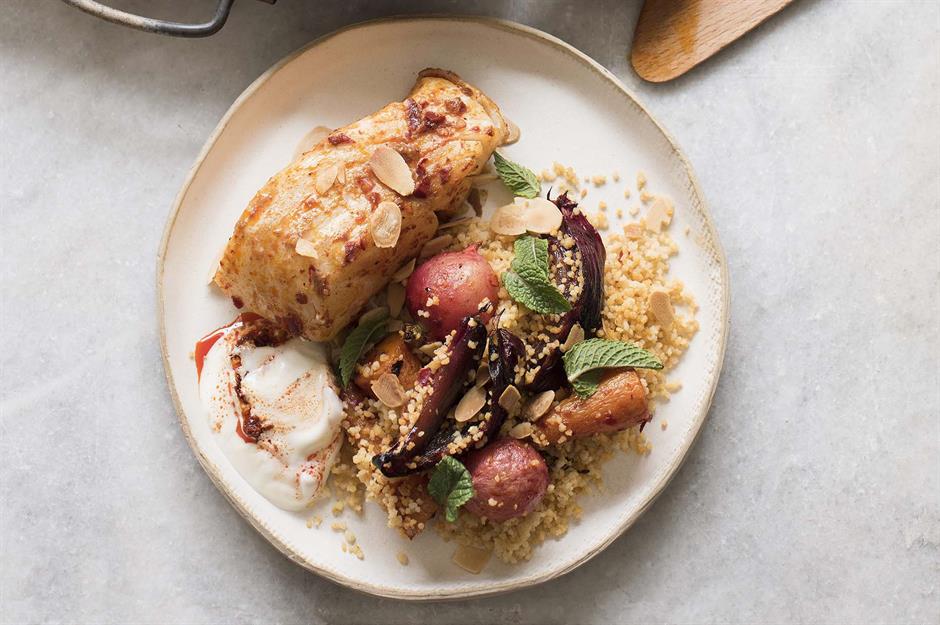
Lemon drizzle cake is an obvious classic, but lemon often really comes into its own in fish dishes. In this harissa baked fish recipe, the citrus fruit cuts through and lifts the spicy, rich harissa marinade and is also stirred through cous cous, which is otherwise rather bland, adding depth of flavour and really tying the whole dish together.
Hero ingredient: miso

Miso is a traditional Japanese seasoning made from fermented soybeans. There's a range of styles but all are a rich source of umami, that essential fifth savoury taste. A little goes a long way – its yeasty and salty flavours add depth to sauces and marinades and it's especially great for vegan dishes.
Miso: why it’s great
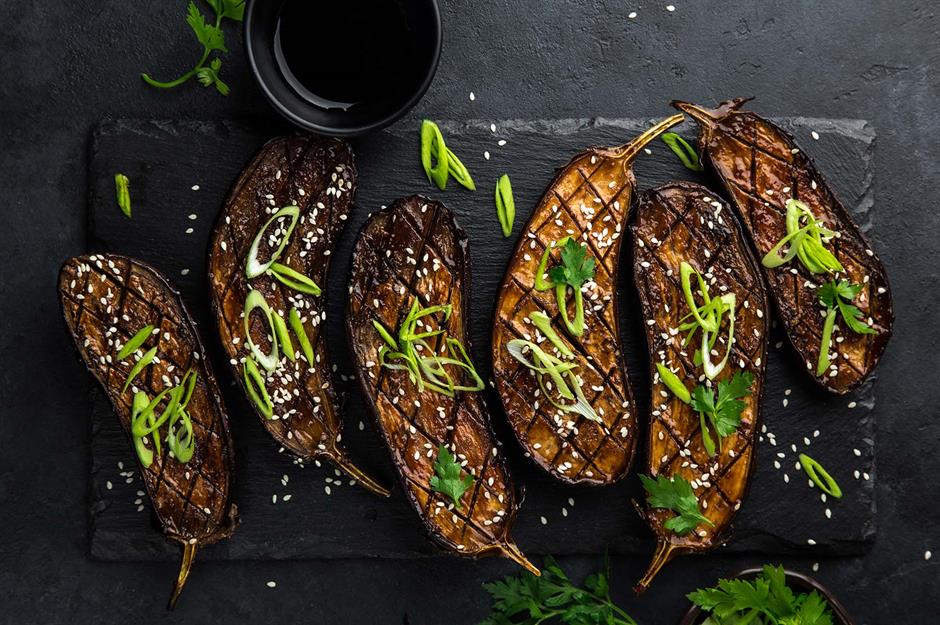
Miso: try this recipe
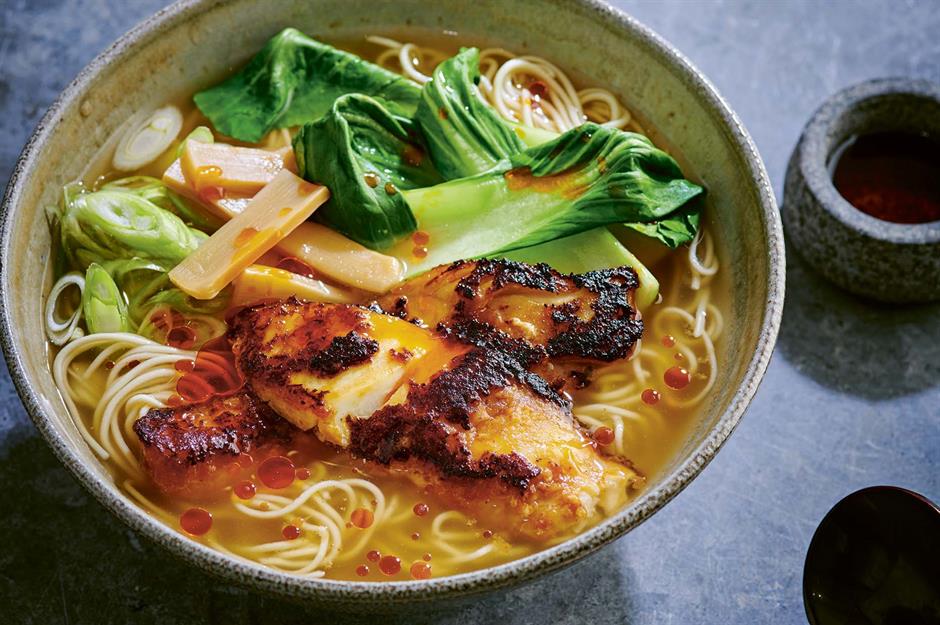
Combining a light, savoury ramen broth with the intense, deep flavours of the miso cod, it really lets the fish be star of the show. Inspired by miso black cod recipes, the marinade is packed with delicious umami flavour, making it a super satisfying dish to eat.
Hero ingredient: sea salt flakes
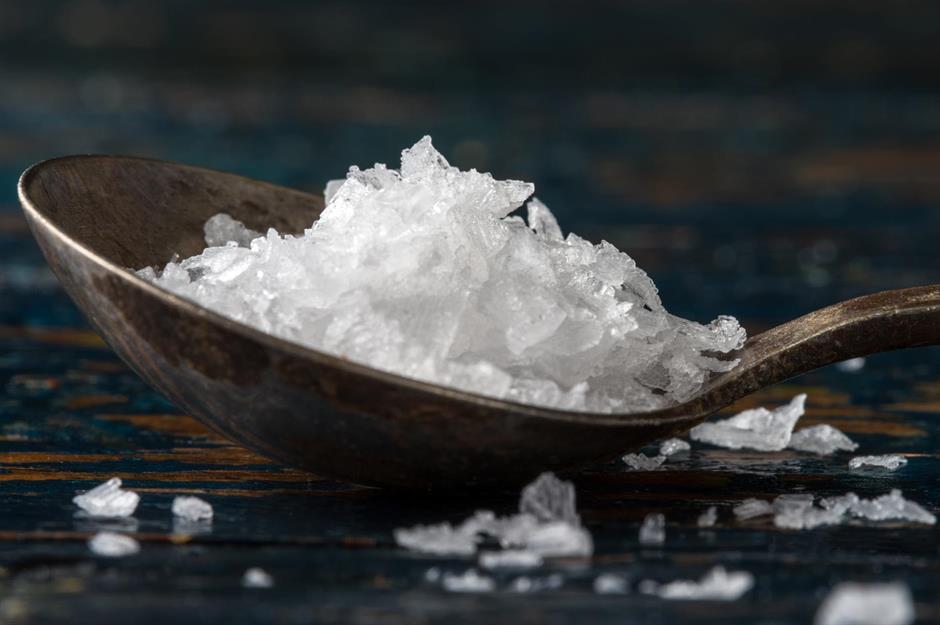
Sea salt flakes: why they’re great
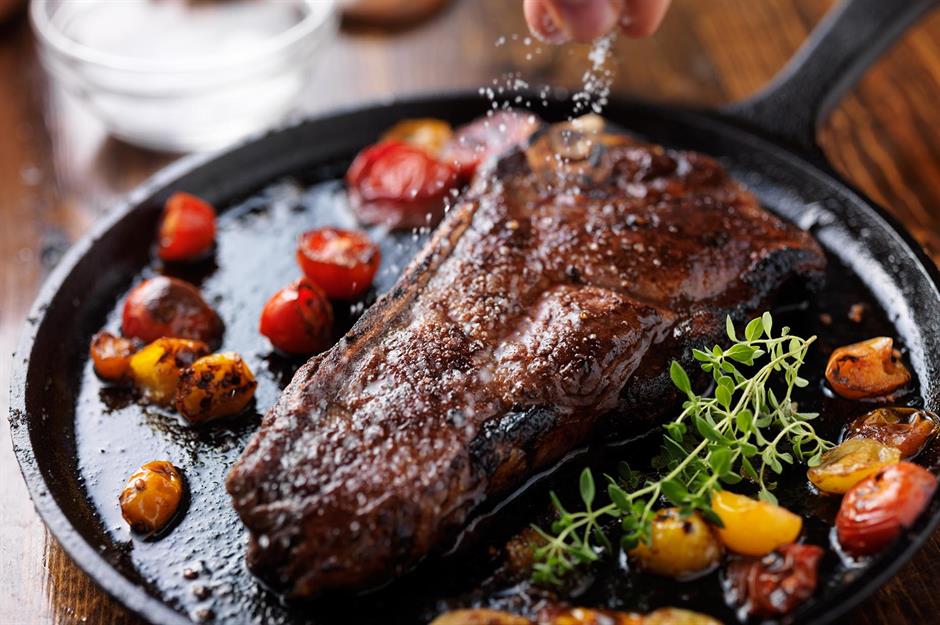
Sea salt flakes: try this recipe
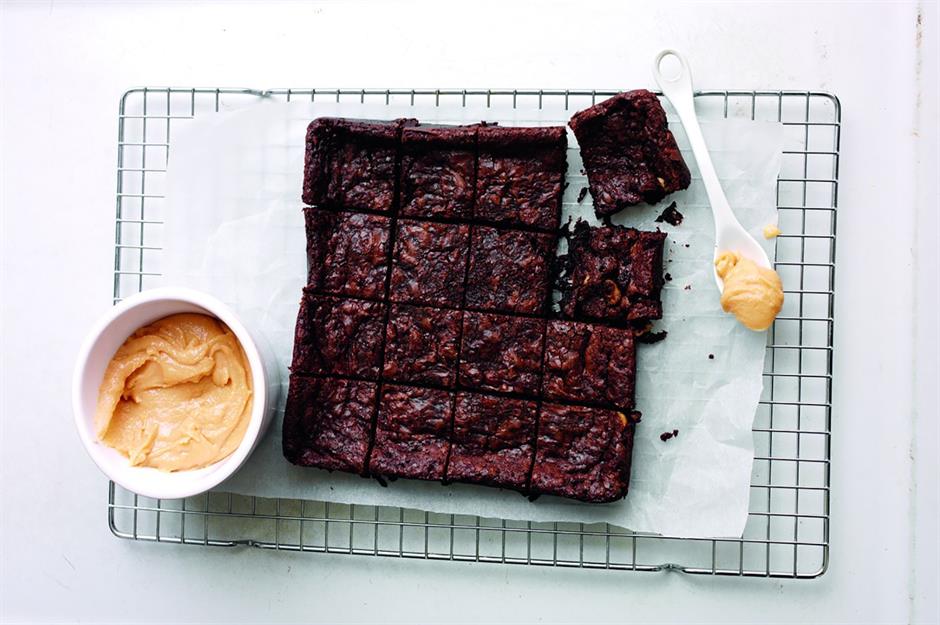
Fudgy, gooey chocolate brownies are great already but the addition of sweet and salty dulce de leche will take them up a notch. Good-quality sea salt is stirred through the dulce de leche to create an indulgent sweet and salty flavour that's great on top of the brownies. You could also swirl it through the brownie mixture before baking but be mindful it'll alter the cooking time. Finish with a sprinkle of the sea salt flakes too.
Get the recipe for chocolate brownies with dulce de leche here
Hero ingredient: soy sauce
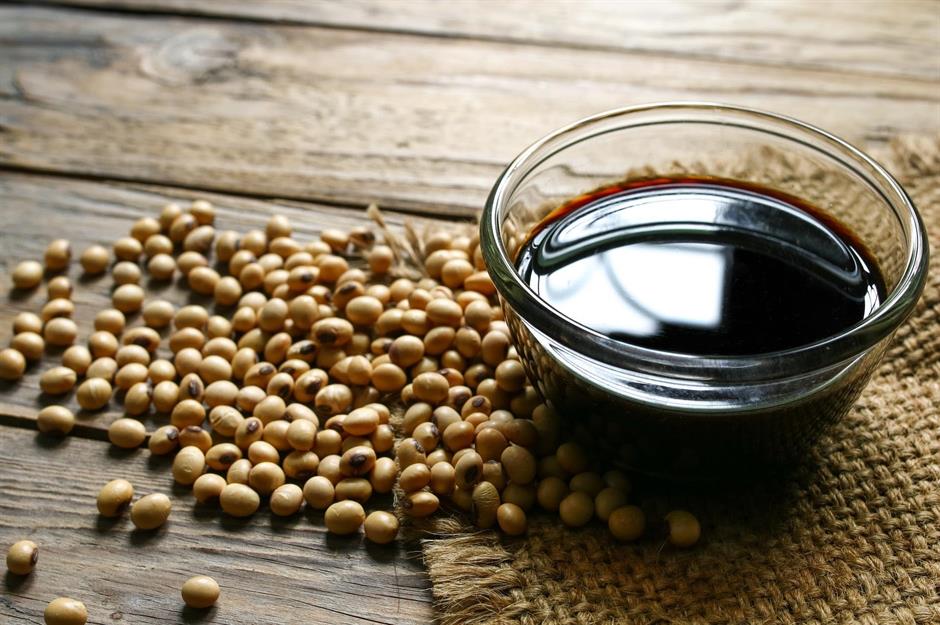
Soy sauce, made from fermented soya beans, is commonly used in Asian cuisine but is now used more and more in Western dishes too. Different varieties vary in consistency (light soy sauce is thinner than dark) but all add umami and saltiness, enhancing and balancing glazes, marinades, dressings, sauces, stir-fries, broths and soups.
Soy sauce: why it’s great
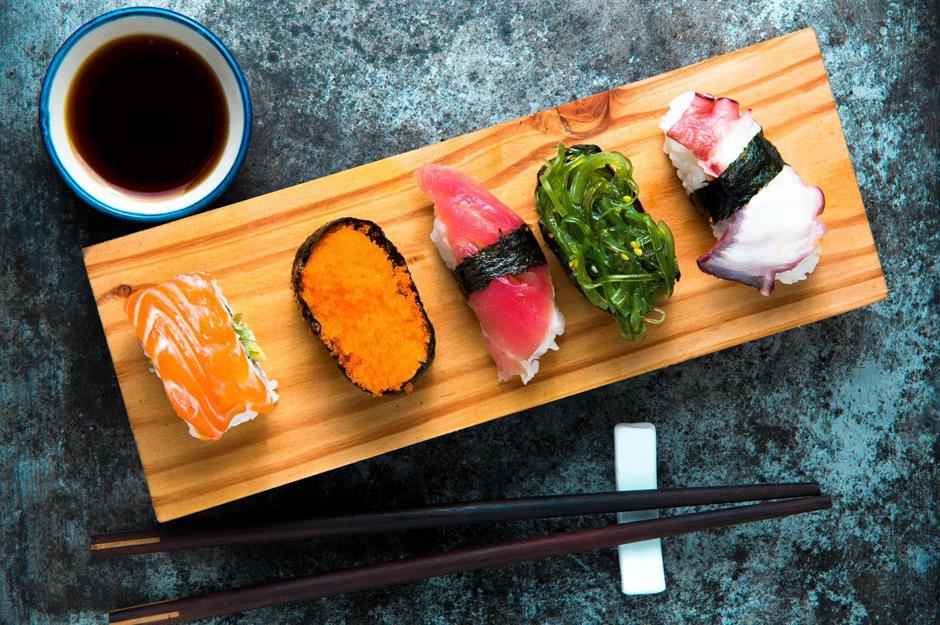
As well as being used to incorporate umami savouriness into dishes, soy sauce balances salad dressings and vinaigrettes. Its natural saltiness lifts veg and cooked eggs, both of which can be bland without seasoning. Soy sauce can even be added to cakes, muffins and dough as an alternative to salt to balance sweetness. And sushi is obviously unimaginable without it.
Soy sauce: try this recipe
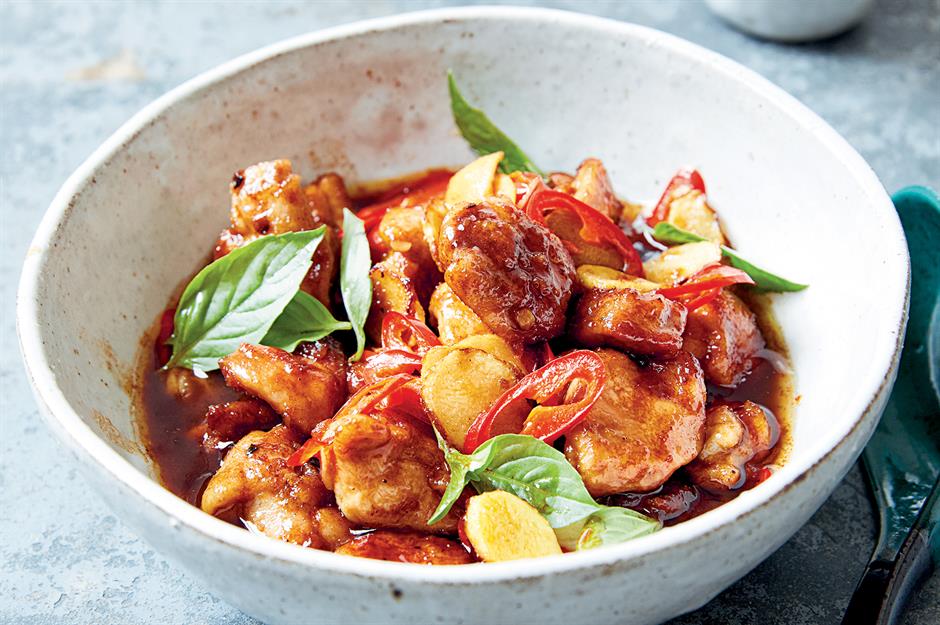
This is a classic Taiwanese recipe known as three-cup chicken for a very obvious reason – it combines a cup of soy sauce, a cup of rice wine and a cup of toasted sesame oil. In this recipe it's not quite a cup of each, but the proportions are still equal, enveloping the chicken in nutty, slightly sweet, sharp and salty flavours.
Hero ingredient: extra virgin olive oil
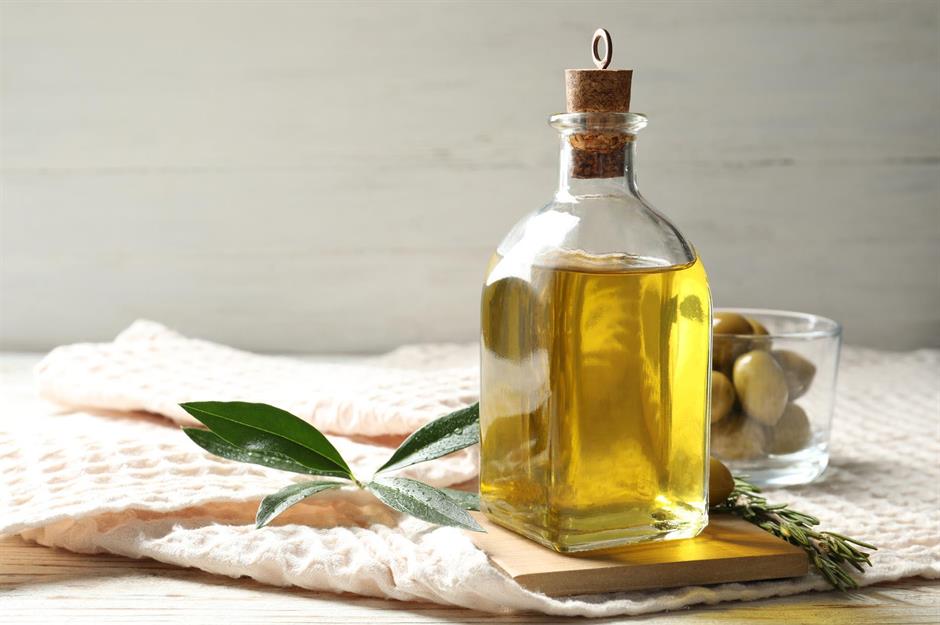
Extra virgin olive oil (also known as EVOO) is an unrefined oil that, because it hasn’t been treated, retains more nutrients and a stronger, more complex flavour. It’s the highest-grade olive oil you can buy. Expect a fresh, sophisticated flavour. Remember, while olive oil is great for baking, you shouldn't really be using it for cooking as it has a relatively low smoke point.
Extra virgin olive oil: why it’s great
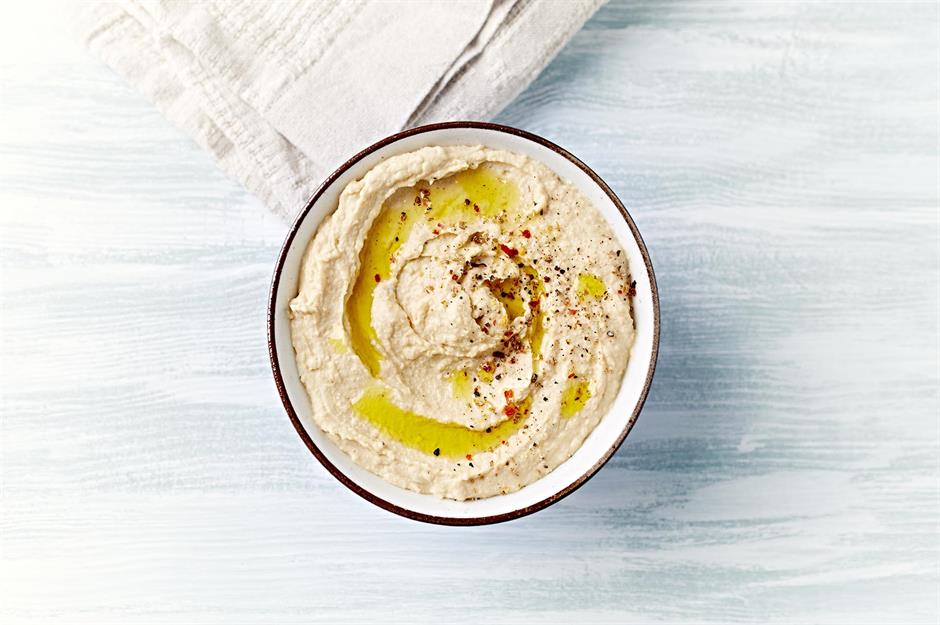
Extra virgin olive oil: try this recipe
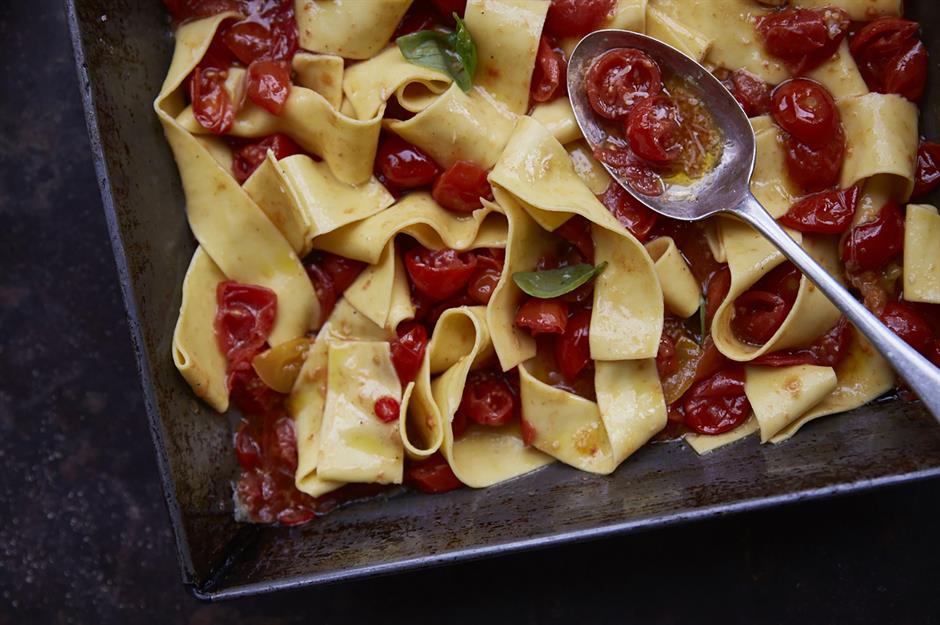
Almost nowhere is extra virgin olive oil as beautiful as in pasta dishes and this recipe uses the roasting oil and the bursting tomato juices as the sauce to mop up with the pasta. Roasted with garlic and chilli, the oil is full of flavour and beautifully coats the pasta for a quick and easy dinner.
Comments
Do you want to comment on this article? You need to be signed in for this feature